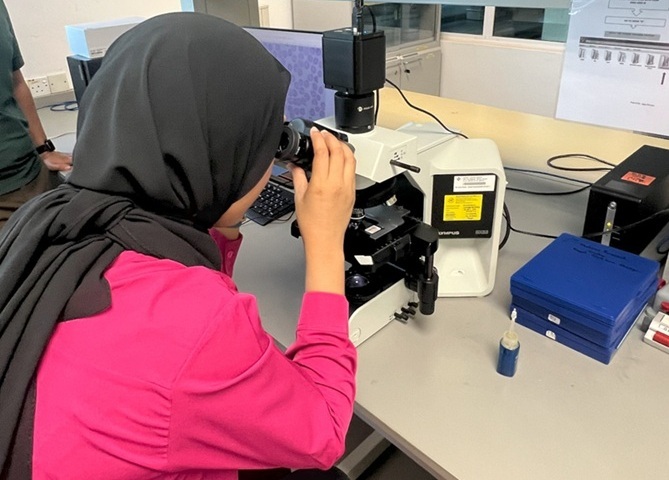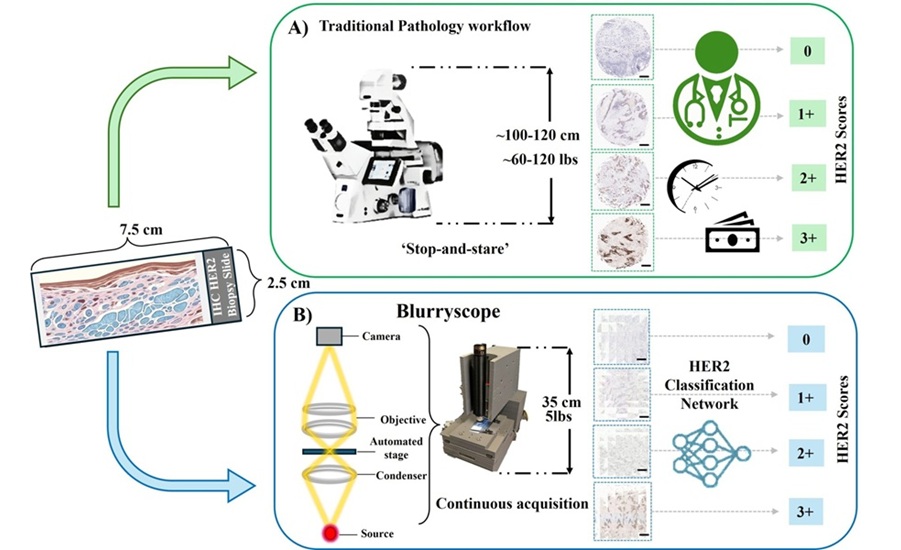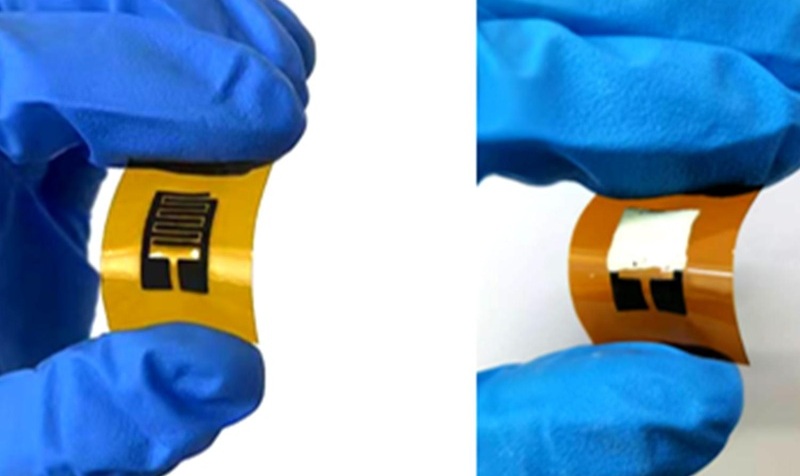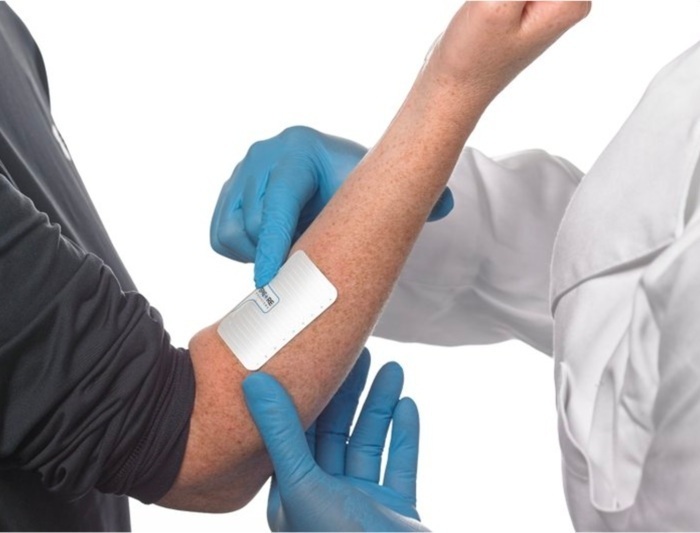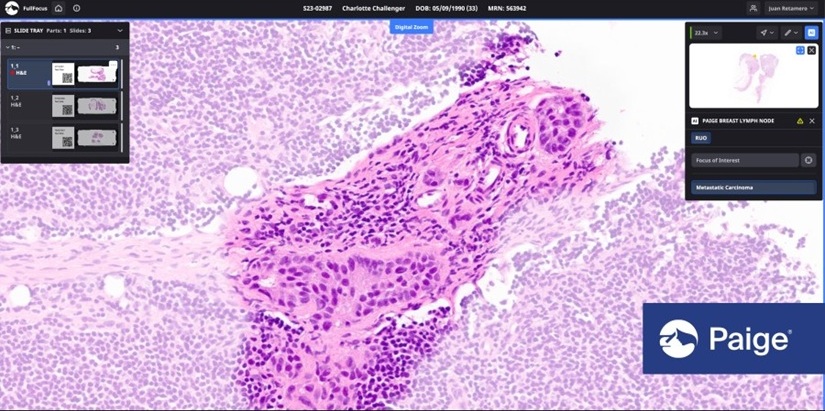Genetic Testing Determines Safest Dose of Blood Thinner
|
By LabMedica International staff writers Posted on 12 Oct 2017 |

Image: Clinical uses of Warfarin, a drug that is used for the treatment of existing blood clots and to prevent new blood clots formation inside the body (Photo courtesy of Dr. Manish Goyal).
Warfarin, commonly known as Coumadin, is frequently used to prevent a life-threatening blood clot. It is often prescribed to people having hip or knee replacement surgery, as well as to individuals with certain heart conditions that leave them vulnerable to a stroke.
Warfarin affects people differently, and genetics come into play. Too much warfarin can cause internal bleeding, while an inadequate dose fails to prevent blood clots. Over the last 10 years, warfarin has led to more medication-related emergency room visits among older adults than any other drug. Genetic testing can help determine the safest dose of the blood thinner warfarin, with fewer side effects, in patients undergoing joint replacement surgery.
A team of medical scientists collaborating with those at the Hospital for Special Surgery (New York, NY, USA) collected data on a total of 1,600 individuals age 65 and older undergoing hip or knee replacement surgery. Patients were randomly assigned to one of two groups. One group received warfarin dosing based on clinical factors known to affect warfarin dose such as age, height and weight, gender, race, and other medications; the second group's dose was based on these factors plus genetic variants. The study zeroed in on genetic variants in three genes, and this genetic information helped guide warfarin dosing during the first 11 days of treatment.
Patients were genotyped for the following polymorphisms: Vitamin K Epoxide Reductase Complex Subunit 1(VKORC1-1639G>A), cytochrome P450 family 2 subfamily C member 9 (CYP2C9*2), CYP2C9*3, and Cytochrome P450 Family 4 Subfamily F Member 2 (CYP4F2 V433M). Patients were monitored for bleeding, blood clots and warfarin overdose and 15% of the patients who were given warfarin in the traditional manner experienced at least one adverse effect, compared to only 11% patients whose warfarin dosing was guided by genetic testing, a statistically significant difference.
Anne R. Bass, MD, a rheumatologist and co-author of the study said, “Warfarin is very effective in preventing blood clots, but it's very difficult to regulate. About half of the population, because of genetic variants, is very sensitive to warfarin or has a very unpredictable or delayed response to the drug. This is the first study to show that adjusting the dose based on these genetic variants makes warfarin safer for patients. This was really a study addressing warfarin management and warfarin safety, so I think you can extrapolate the results to other patients taking this blood thinner, such as those with atrial fibrillation.” The study was published on September 26, 2017, in the Journal of the American Medical Association.
Related Links:
Hospital for Special Surgery
Warfarin affects people differently, and genetics come into play. Too much warfarin can cause internal bleeding, while an inadequate dose fails to prevent blood clots. Over the last 10 years, warfarin has led to more medication-related emergency room visits among older adults than any other drug. Genetic testing can help determine the safest dose of the blood thinner warfarin, with fewer side effects, in patients undergoing joint replacement surgery.
A team of medical scientists collaborating with those at the Hospital for Special Surgery (New York, NY, USA) collected data on a total of 1,600 individuals age 65 and older undergoing hip or knee replacement surgery. Patients were randomly assigned to one of two groups. One group received warfarin dosing based on clinical factors known to affect warfarin dose such as age, height and weight, gender, race, and other medications; the second group's dose was based on these factors plus genetic variants. The study zeroed in on genetic variants in three genes, and this genetic information helped guide warfarin dosing during the first 11 days of treatment.
Patients were genotyped for the following polymorphisms: Vitamin K Epoxide Reductase Complex Subunit 1(VKORC1-1639G>A), cytochrome P450 family 2 subfamily C member 9 (CYP2C9*2), CYP2C9*3, and Cytochrome P450 Family 4 Subfamily F Member 2 (CYP4F2 V433M). Patients were monitored for bleeding, blood clots and warfarin overdose and 15% of the patients who were given warfarin in the traditional manner experienced at least one adverse effect, compared to only 11% patients whose warfarin dosing was guided by genetic testing, a statistically significant difference.
Anne R. Bass, MD, a rheumatologist and co-author of the study said, “Warfarin is very effective in preventing blood clots, but it's very difficult to regulate. About half of the population, because of genetic variants, is very sensitive to warfarin or has a very unpredictable or delayed response to the drug. This is the first study to show that adjusting the dose based on these genetic variants makes warfarin safer for patients. This was really a study addressing warfarin management and warfarin safety, so I think you can extrapolate the results to other patients taking this blood thinner, such as those with atrial fibrillation.” The study was published on September 26, 2017, in the Journal of the American Medical Association.
Related Links:
Hospital for Special Surgery
Latest Hematology News
- Pioneering Model Measures Radiation Exposure in Blood for Precise Cancer Treatments
- Platelets Could Improve Early and Minimally Invasive Detection of Cancer
- Portable and Disposable Device Obtains Platelet-Rich Plasma Without Complex Equipment
- Disposable Cartridge-Based Test Delivers Rapid and Accurate CBC Results
- First Point-of-Care Heparin Monitoring Test Provides Results in Under 15 Minutes

- New Scoring System Predicts Risk of Developing Cancer from Common Blood Disorder
- Non-Invasive Prenatal Test for Fetal RhD Status Demonstrates 100% Accuracy
- WBC Count Could Predict Severity of COVID-19 Symptoms
- New Platelet Counting Technology to Help Labs Prevent Diagnosis Errors
- Streamlined Approach to Testing for Heparin-Induced Thrombocytopenia Improves Diagnostic Accuracy
- POC Hemostasis System Could Help Prevent Maternal Deaths
- New Test Assesses Oxygen Delivering Ability of Red Blood Cells by Measuring Their Shape
- Personalized CBC Testing Could Help Diagnose Early-Stage Diseases in Healthy Individuals
- Non-Invasive Test Solution Determines Fetal RhD Status from Maternal Plasma
- First-Of-Its-Kind Smartphone Technology Noninvasively Measures Blood Hemoglobin Levels at POC

- Next Gen CBC and Sepsis Diagnostic System Targets Faster, Earlier, Easier Results
Channels
Clinical Chemistry
view channel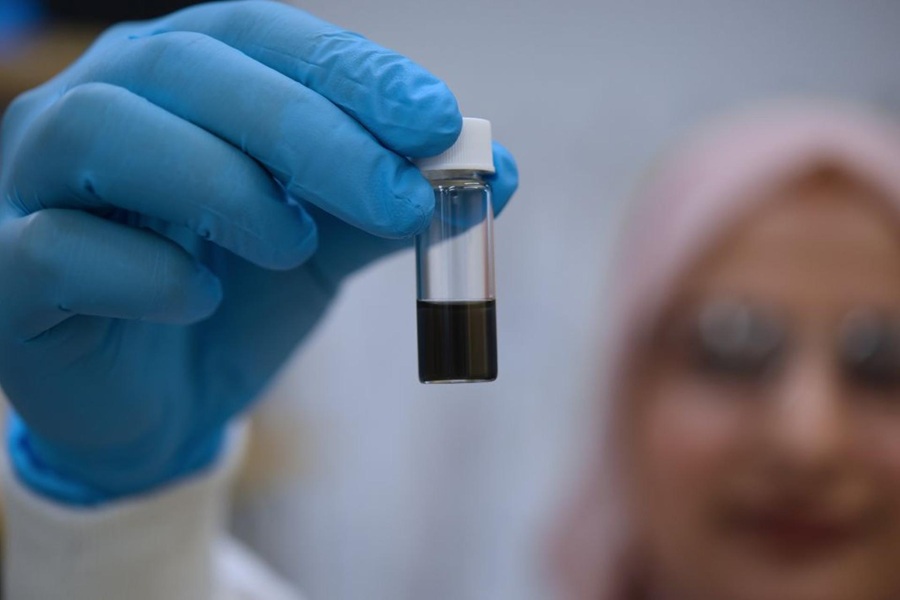
Gold Nanoparticles to Improve Accuracy of Ovarian Cancer Diagnosis
Ovarian cancer is considered one of the deadliest cancers, in part because it rarely shows clear symptoms in its early stages, and diagnosis is often complex. Current approaches make it difficult to accurately... Read more
Simultaneous Cell Isolation Technology Improves Cancer Diagnostic Accuracy
Accurate cancer diagnosis remains a challenge, as liquid biopsy techniques often fail to capture the complexity of tumor biology. Traditional systems for isolating circulating tumor cells (CTCs) vary in... Read moreHematology
view channel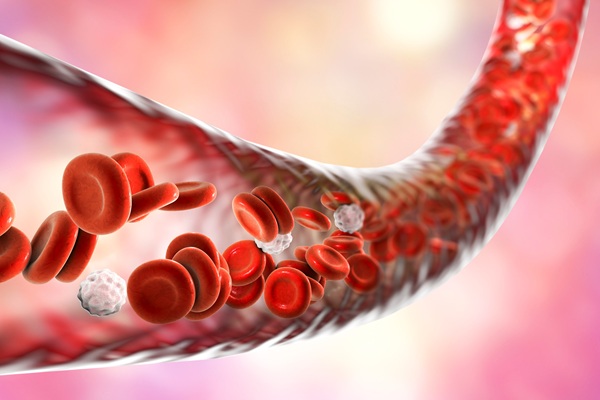
Pioneering Model Measures Radiation Exposure in Blood for Precise Cancer Treatments
Scientists have long focused on protecting organs near tumors during radiotherapy, but blood — a vital, circulating tissue — has largely been excluded from dose calculations. Each blood cell passing through... Read more
Platelets Could Improve Early and Minimally Invasive Detection of Cancer
Platelets are widely recognized for their role in blood clotting and scab formation, but they also play a crucial role in immune defense by detecting pathogens and recruiting immune cells.... Read more
Portable and Disposable Device Obtains Platelet-Rich Plasma Without Complex Equipment
Platelet-rich plasma (PRP) plays a crucial role in regenerative medicine due to its ability to accelerate healing and repair tissue. However, obtaining PRP traditionally requires expensive centrifugation... Read moreImmunology
view channel
Companion Diagnostic Test Identifies HER2-Ultralow Breast Cancer and Biliary Tract Cancer Patients
Breast cancer is the most common cancer in Europe, with more than 564,000 new cases and 145,000 deaths annually. Metastatic breast cancer is rising in younger populations and remains the leading cause... Read more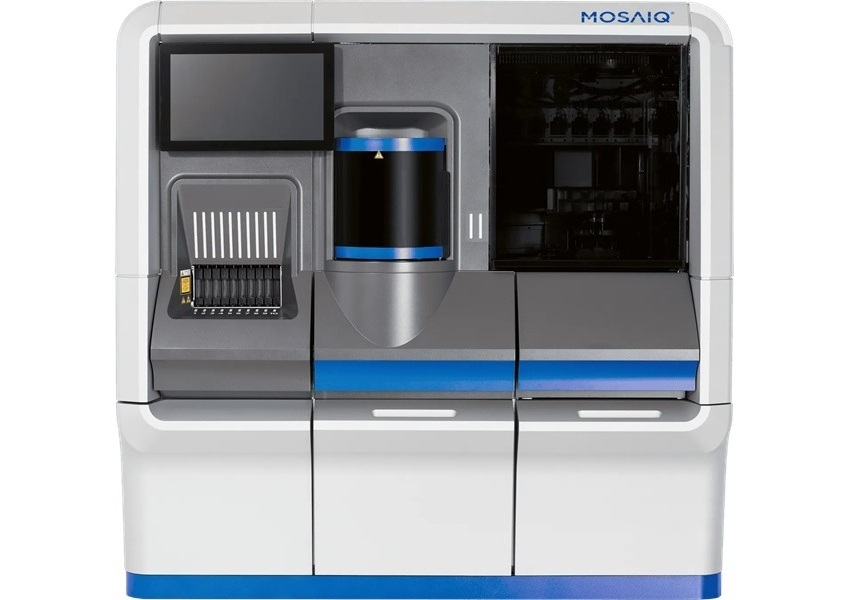
Novel Multiplex Assay Supports Diagnosis of Autoimmune Vasculitis
Autoimmune vasculitis and related conditions are difficult to diagnose quickly and accurately, often requiring multiple tests to confirm the presence of specific autoantibodies. Traditional methods can... Read more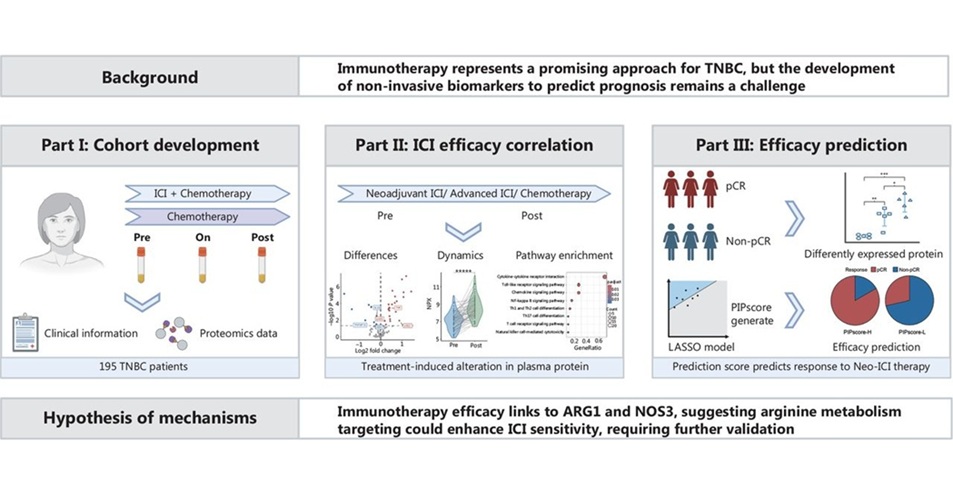
Blood Test Predicts Immunotherapy Efficacy in Triple-Negative Breast Cancer
Triple-negative breast cancer (TNBC) is an aggressive subtype lacking targeted therapies, making immunotherapy a promising yet unpredictable option. Current biomarkers such as PD-L1 expression or tumor... Read more
Simple Genetic Testing Could Predict Treatment Success in Multiple Sclerosis Patients
Multiple sclerosis (MS) patients starting therapy often face a choice between interferon beta and glatiramer acetate, two equally established and well-tolerated first-line treatments. Until now, the decision... Read moreMicrobiology
view channel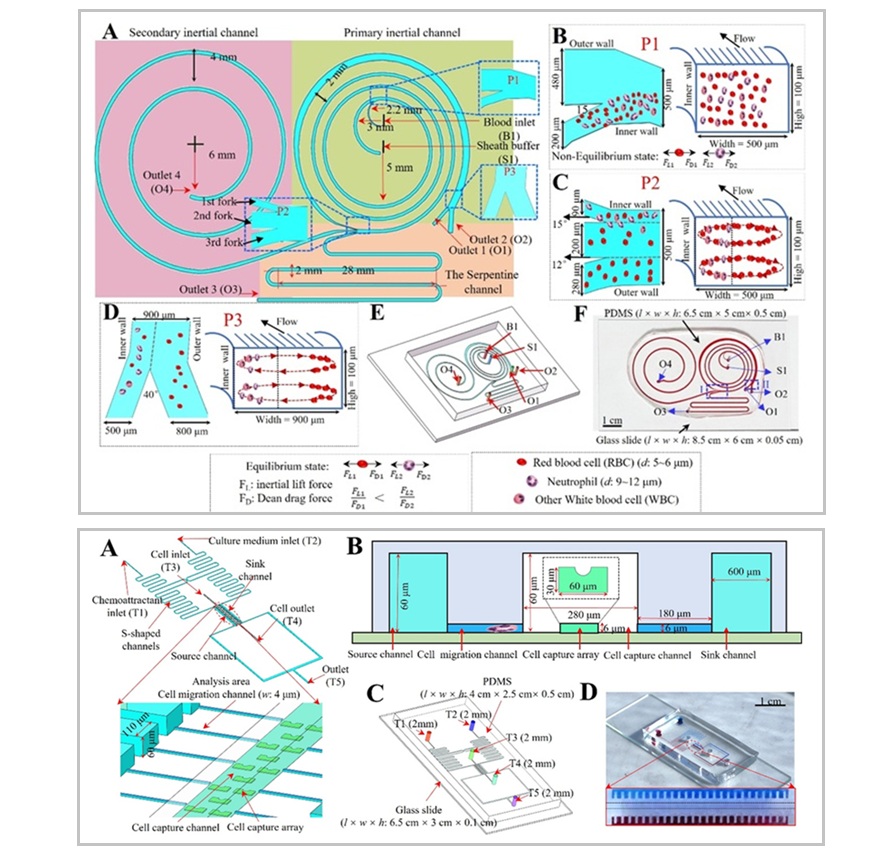
Microfluidic Platform Assesses Neutrophil Function in Sepsis Patients
Sepsis arises from infection and immune dysregulation, with neutrophils playing a central role in its progression. However, current clinical tools are unable to both isolate these cells and assess their... Read moreNew Diagnostic Method Confirms Sepsis Infections Earlier
Sepsis remains one of the most dangerous medical emergencies, often progressing rapidly and becoming fatal without timely intervention. Each hour of delayed treatment in septic shock reduces patient survival... Read more
New Markers Could Predict Risk of Severe Chlamydia Infection
Chlamydia trachomatis is a common sexually transmitted infection that can cause pelvic inflammatory disease, infertility, and other reproductive complications when it spreads to the upper genital tract.... Read more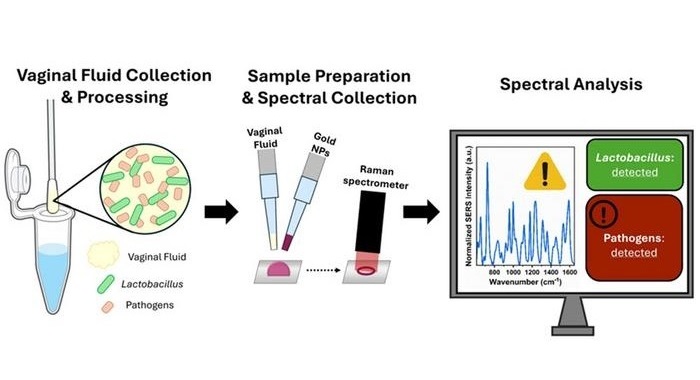
Portable Spectroscopy Rapidly and Noninvasively Detects Bacterial Species in Vaginal Fluid
Vaginal health depends on maintaining a balanced microbiome, particularly certain Lactobacillus species. Disruption of this balance, known as dysbiosis, can increase risks of infection, pregnancy complications,... Read morePathology
view channelAccurate Pathological Analysis Improves Treatment Outcomes for Adult Fibrosarcoma
Adult fibrosarcoma is a rare and highly aggressive malignancy that develops in connective tissue and often affects the limbs, trunk, or head and neck region. Diagnosis is complex because tumors can mimic... Read more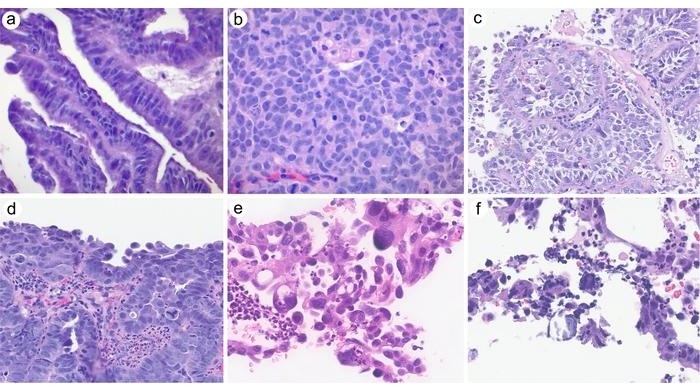
Clinicopathologic Study Supports Exclusion of Cervical Serous Carcinoma from WHO Classification
High-grade serous carcinoma is a rare diagnosis in cervical biopsies and can be difficult to distinguish from other tumor types. Cervical serous carcinoma is no longer recognized as a primary cervical... Read moreTechnology
view channel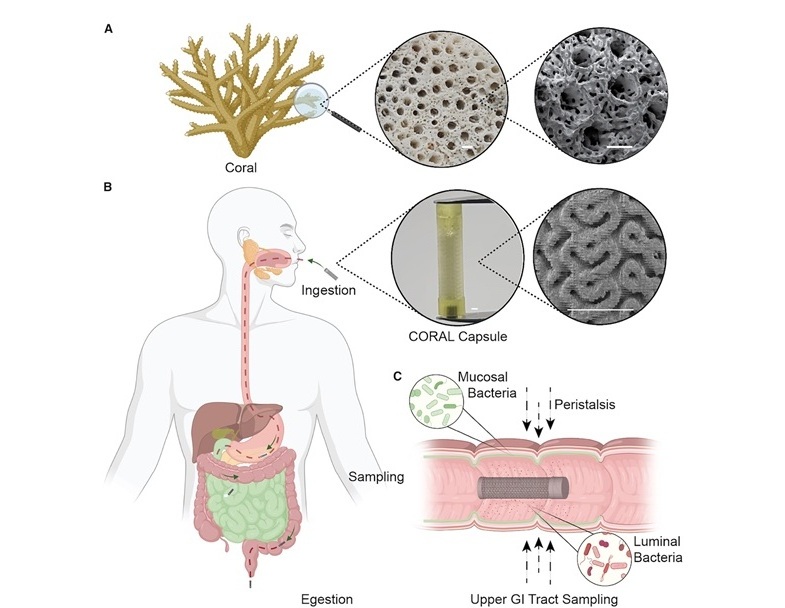
Coral-Inspired Capsule Samples Hidden Bacteria from Small Intestine
The gut microbiome has been linked to conditions ranging from immune disorders to mental health, yet conventional stool tests often fail to capture bacterial populations in the small intestine.... Read more
Rapid Diagnostic Technology Utilizes Breath Samples to Detect Lower Respiratory Tract Infections
Respiratory tract infections (LRTIs) are leading causes of illness and death worldwide, particularly among vulnerable populations such as the elderly, young children, and those with compromised immune systems.... Read moreIndustry
view channel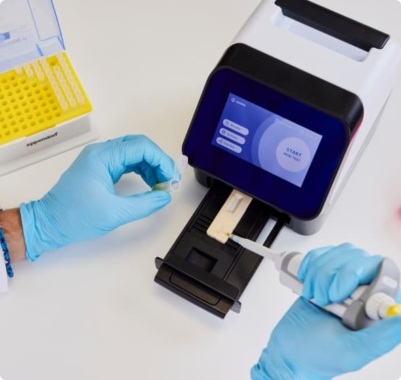
Werfen and VolitionRx Partner to Advance Diagnostic Testing for Antiphospholipid Syndrome
Antiphospholipid syndrome (APS) is a rare autoimmune disorder that causes the immune system to produce abnormal antibodies, making the blood “stickier” than normal. This condition increases the risk of... Read more














